Massage Techniques
ISCHEMIC COMPRESSION
Ischemia means a lack of blood supply, with associated tissue irritation and congestion. Ischemic compression is a massage technique used in both Shiatsu and trigger point work(often called static pressure). The purpose of ischemic compression is to deliberately increase the blockage of blood to an area so that, upon release, there will be a resurgence of blood. This washes away waste products, supplies necessary oxygen and helps the affected tissue to heal. This increase of blood flow to the area is called a hyperemia.
“To apply ischemic compression to a trigger point, the relaxed muscle is stretched to the verge of discomfort. Initially, a thumb (or strong finger) is pressed directly on the TP to create tolerably painful (7 to 8 on a client pain scale of 10), sustained pressure. Treatment is useless if the patient tenses the muscles and so protects the TP from pressure. As the discomfort tends to abate, pressure is gradually increased by adding a thumb or finger from the other hand, as necessary, for reinforcement. This process is continued up to 1 min. with as much as 20 or 30m lb. of pressure. If TP tenderness persists, the procedure can be repeated, preferably after a hot pack and active range of motion.’” Travell, Janet, Myofascial Pain and Dysfunction, The Trigger point manual, v1.
Following treatment it is valuable to gently stretch the area to help the muscle “remember” its full length.
The first treatment should be conservative, lasting one or two minutes only, followed by a day of rest for the treated part. The treatment is resumed on alternate days until the pain abates and full usage is returned, usually within 3 to 10 sessions. Appropriate application of ice following treatment is recommended. Ischemic compression is one of the most effective massage techniques.
MYOFASCIAL RELEASE
Myofascial release is a grouping of massage techniques that uses very gentle stretching for 2 minutes or more, to slowly unwind the fascia. Fascia is made to resist force, but with prolonged gentle stretch, the ground substance that the collagen and elastic fibers are embedded begins to soften and go from a gel state to a liquid state. During the first part of the myofascial stretch this change is taking place. Once the tissue has softened, the fascial fibers begin to move. Cross-linkages are microscopic fascial adhesions that cross the larger collagen matrix, and the gentle stretch begins to break these. Myofascial release takes time to perform, but the results are amazing.
There are a few types of myofascial release techniques. The cross-handed stretch is the most common. A leg pull or arm pull will affect the deeper fascial layers, and skin rolling is a good way to release adhesions within the skin, and between the skin and underlying structures.
CROSS FIBER FRICTION
Developed for the treatment of soft tissue lesions by the British osteopath, Dr. James Cyriax, deep transverse friction is one of the only massage techniques that effectively reduces fibrosis and encourages the formation of strong, pliable scar tissue at the site of healing injuries. This technique, also known as cross-fiber frictioning, reduces the crystalline roughness that forms between tendons and their sheaths that can result in painful tendonitis. It can also prevent or soften myofascial adhesions.
A deep, non-gliding, oil-less friction stroke, cross-fiber friction is administered with a braced finger or thumb moving across the grain of a muscle, tendon or ligament. The therapist’s thumb and the client’s skin move as one over the exact site of the lesion with sufficient sweep and duration to create a mechanical effect on the tissue treated. The stroke must be applied directly at the site of the lesion, at right angles to the fibers, and be broad enough to separate the fibers without bouncing over them. The treatment is painful, though always within tolerance, and should be initiated only with the informed consent of the client. It should never be applied during the initial inflammatory stage in an acute injury.
The first massage treatment should be conservative, lasting one or two minutes only, followed by a day of rest for the treated part. The treatment is resumed on alternate days until the pain abates and full usage is returned, usually within 3 to 10 sessions. Appropriate application of ice following treatment is recommended.
STRIPPING STROKES
Stripping strokes are one of the many massage techniques that therapists use everyday. This technique involves the application of slow, deep, gliding pressure along the length of the muscle fibers. Stripping strokes release and elongate tightened muscle and fascia, flush the muscles with fresh blood, and erase trigger points (trigger points are hyperirritable muscle tissue that refers pain). Stripping strokes are performed using the elbow, forearm, knuckles and thumb. The elbow and forearm are used for larger muscles, and the knuckles and thumbs are used for detail work and smaller muscles.

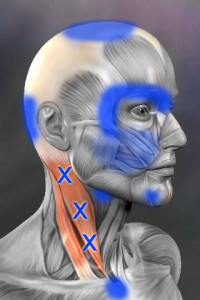
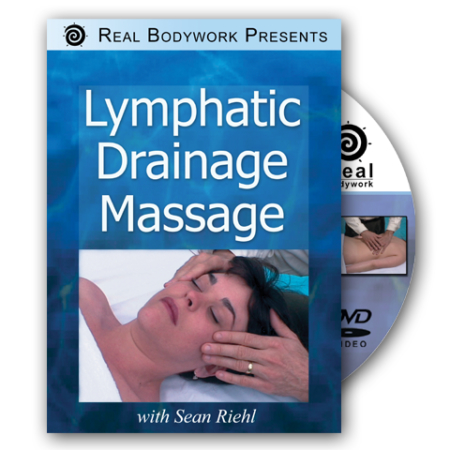
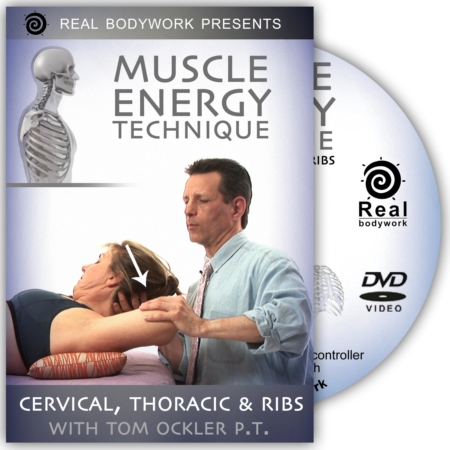
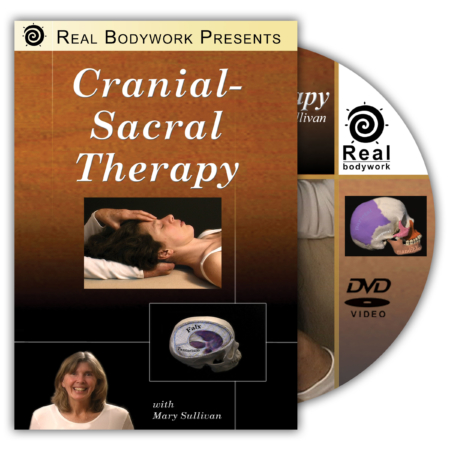
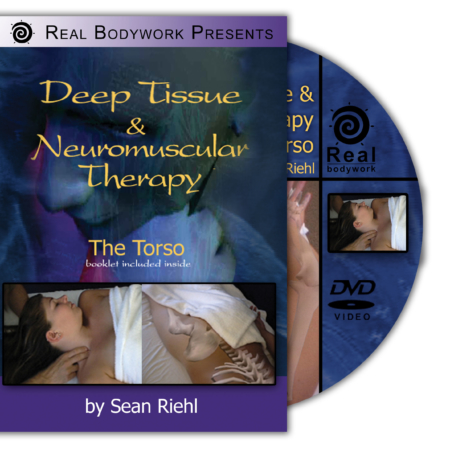
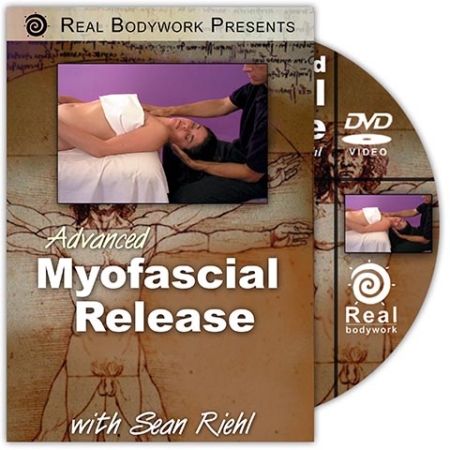
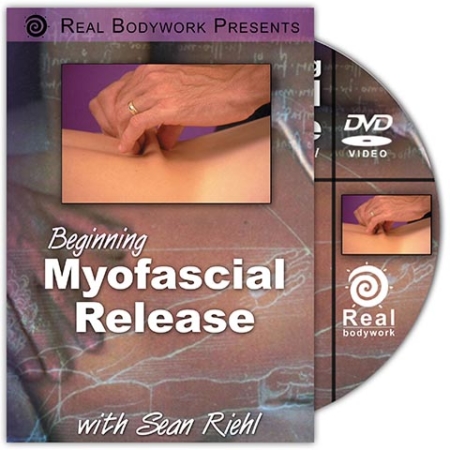
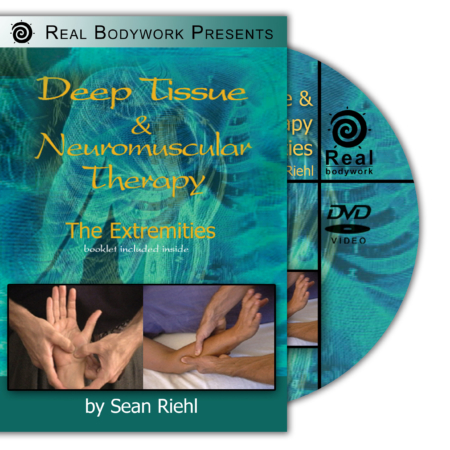
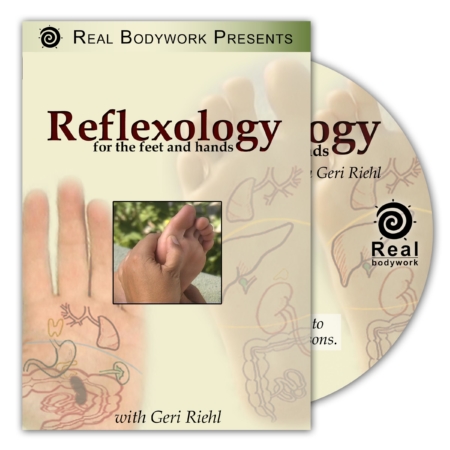
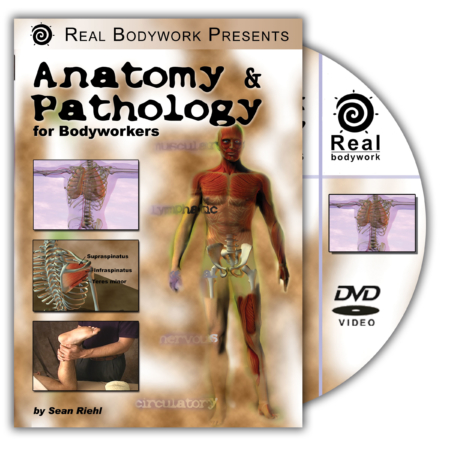
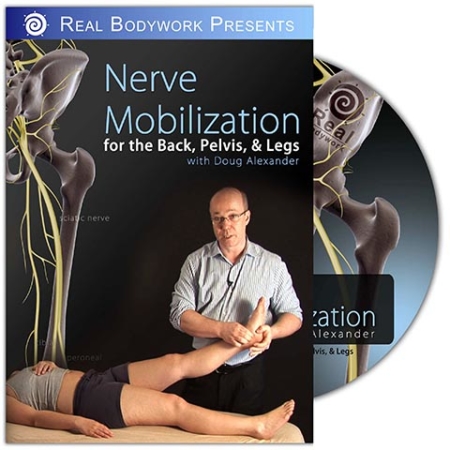
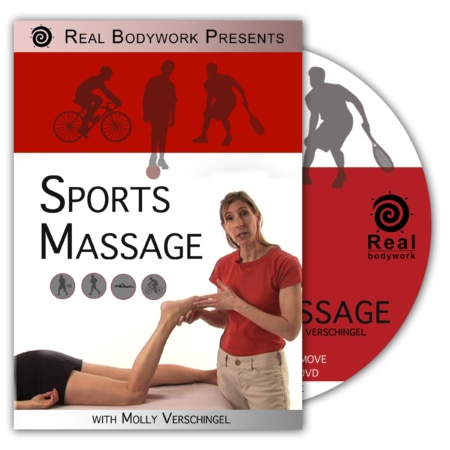
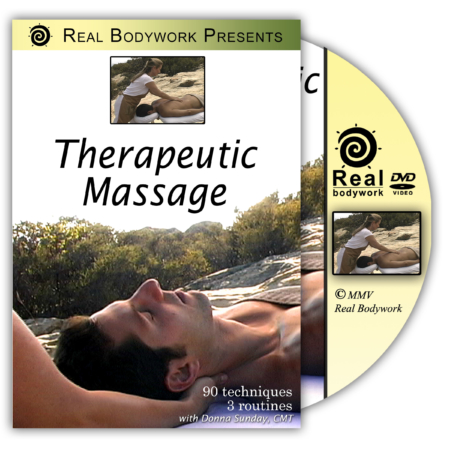
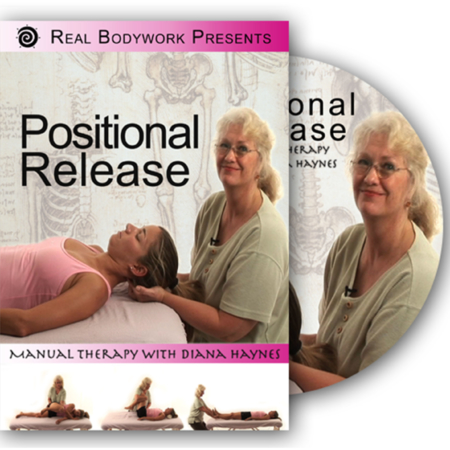
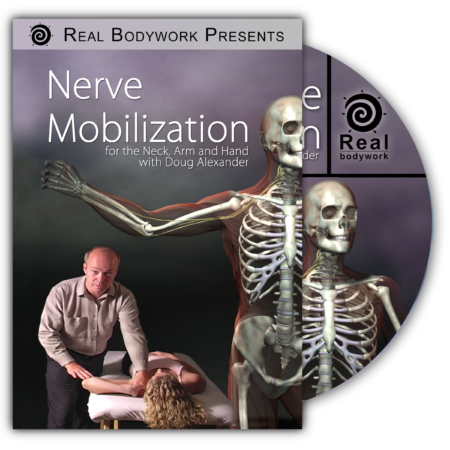
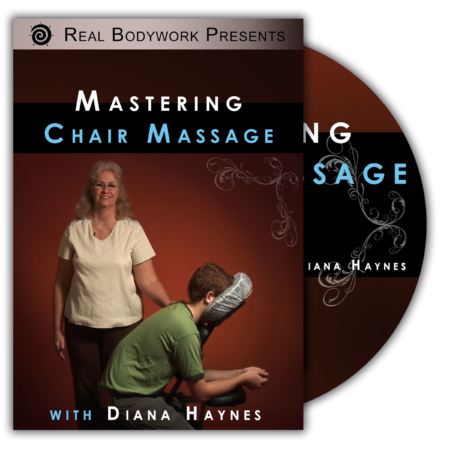
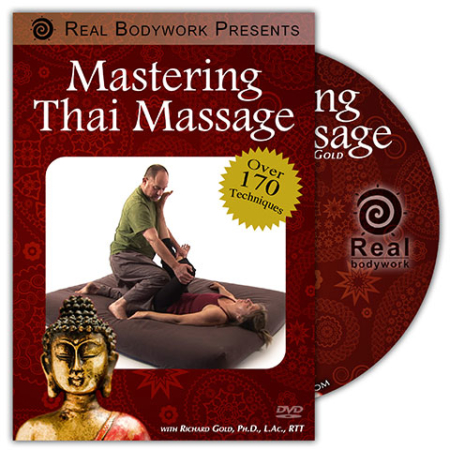
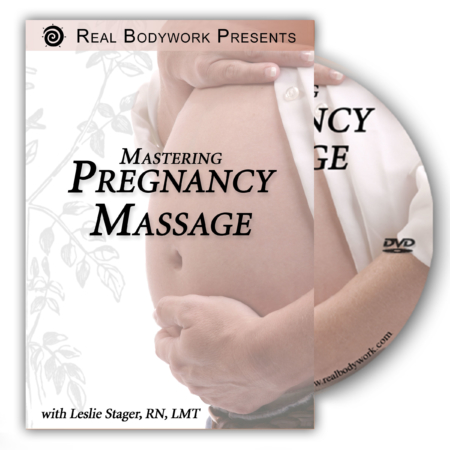
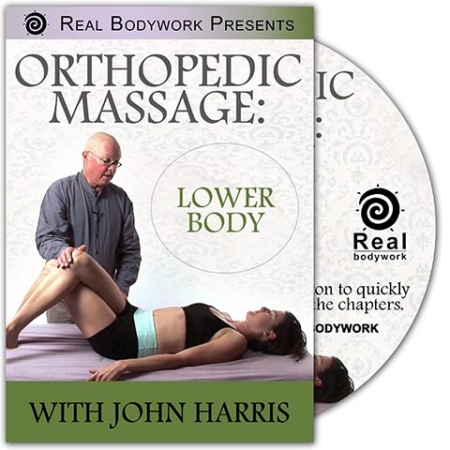
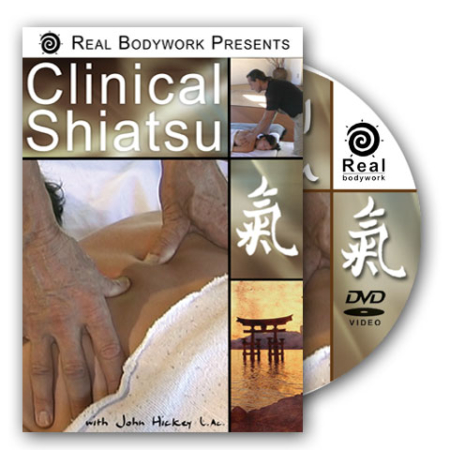
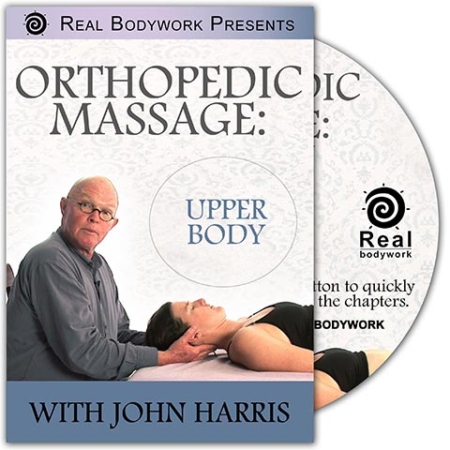
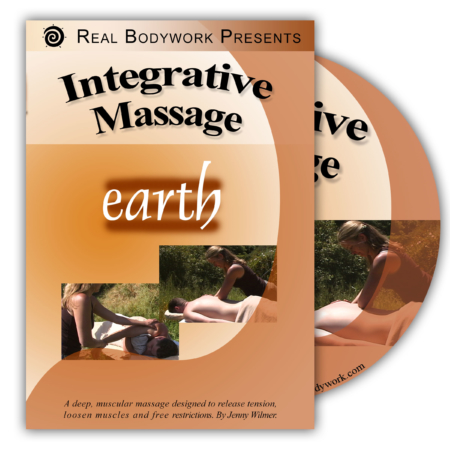
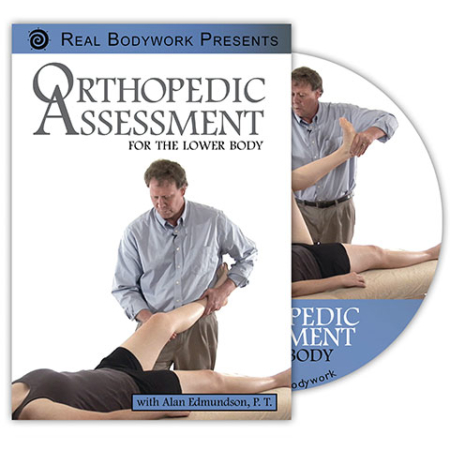
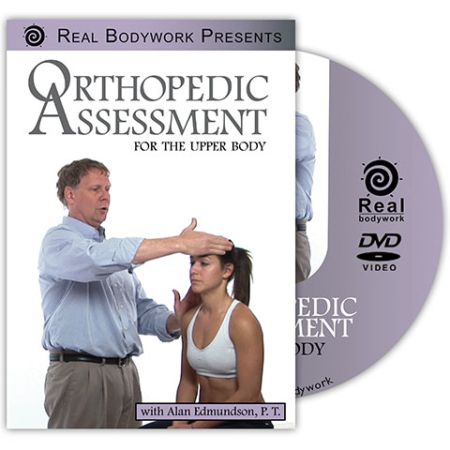
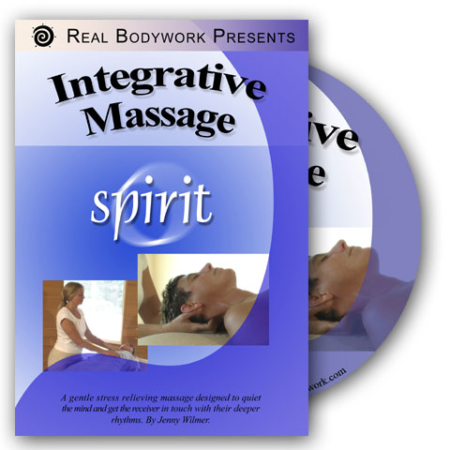

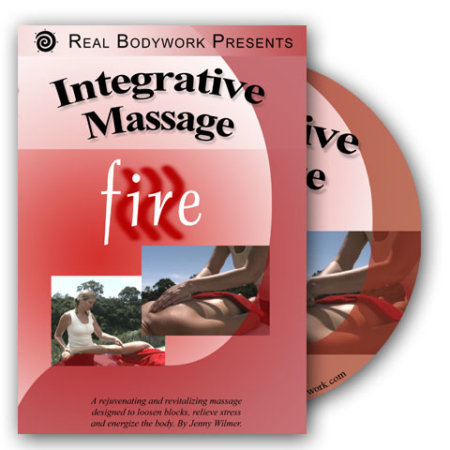
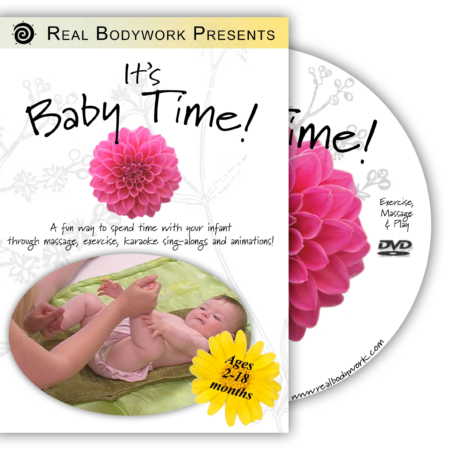
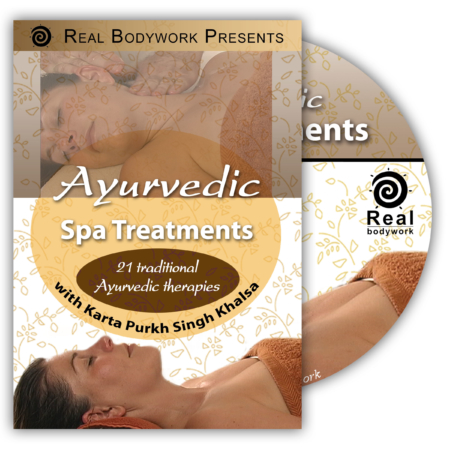
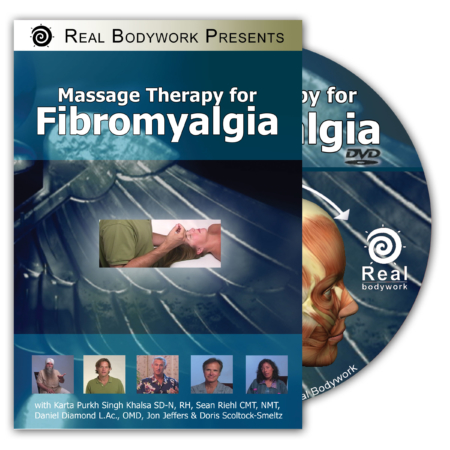
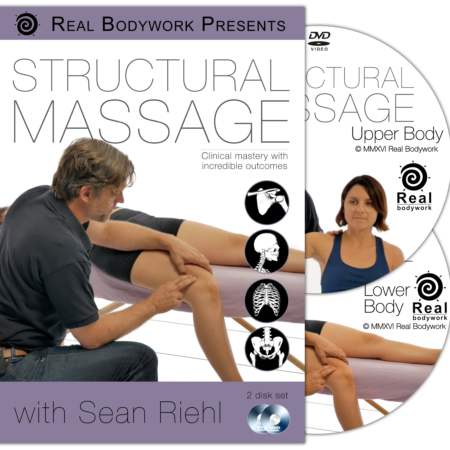
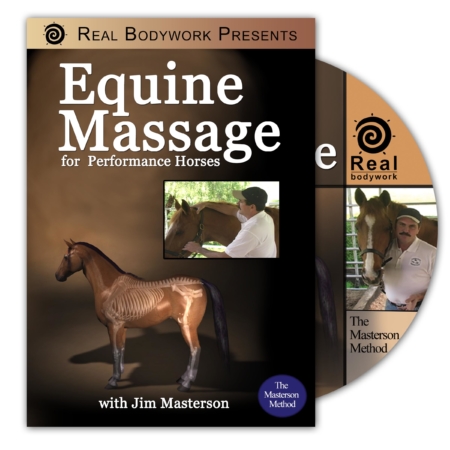
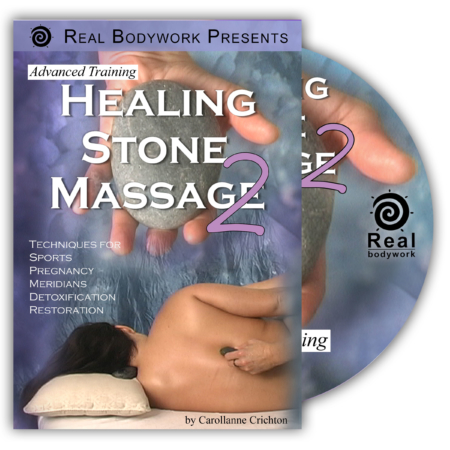
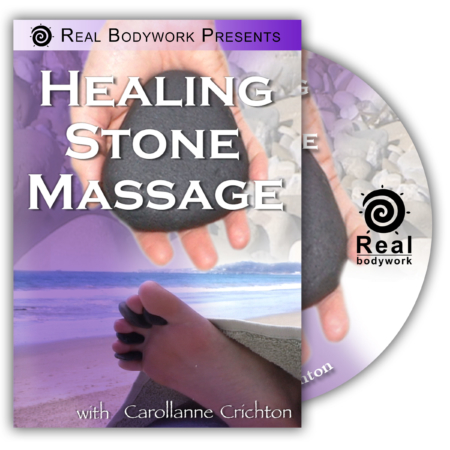
Follow Us!